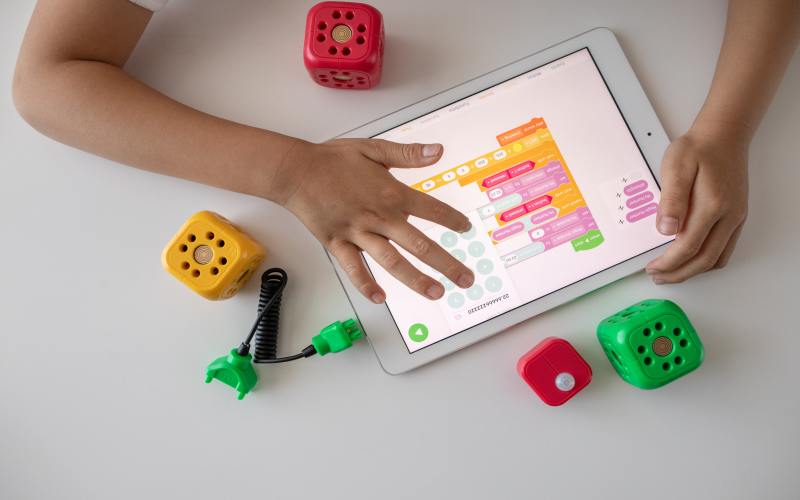A hybrid approach to both work and education seems like it will become the new normal as we move into the post pandemic world. Many schools around the globe have already adopted the blended learning model of teaching. So what exactly is the difference between the two? What are the similarities and what may be the preeminent strategy going forward.
What is Hybrid Learning?
Hybrid learning is a combination of traditional classroom teaching and remote schooling. Some students will be present in class while others can join remotely from another location. There is no requirement for students to attend online or in-person. Hybrid teaching methods may vary but they will often heavily rely on communication technology, like Zoom and Microsoft Teams, as well as education technology (EdTech) and e-Learning tools.
Think of hybrid learning as a situation rather than a teaching methodology. The ways of teaching are not necessarily defined (at least they are not right now), all that is defined is the makeup of the classroom; some students join in person and others log in online.
Children have the option how they wish to attend school. Some may attend classes 100% remotely, others 100% in person and some may switch between the two options. Teachers do not have to teach in a specific manner and their lesson plans and pedagogical style are up to them to decide upon.
As with many offices that are debating how to bring large groups back together at once, some schools may look at the possibility of having students return in a three days in person and two days remote option. Some parents may take a more cautious approach and prefer to hold their children out of school for the foreseeable future, while others will encourage their kids to go back full time as soon as possible.
What Is Blended Learning?
Blended learning is a combination of both in-person and online or eLearning methods. Traditional classroom learning takes place in a dedicated location where both student and teacher are present while online material allows students to work at their own pace in their own time. Blended learning is a dedicated teaching strategy that combines the in-person with the online.
Blended learning focuses less on the situation / scenario and more on how teachers actually teach their students including what resources they use and how they use those resources as part of their lesson plans.
What’s The Difference Between Hybrid & Blended?
There are some notable differences and some crossover between these two and it is important for teachers and parents to be aware of this.
1. Location, location, location!
In a hybrid scenario, students, their parents or their teachers, can decide where they learn from. The only requirement is that all students are present and that there is a combination of remote attendees and in-person learners. Location is the primary concern of hybrid classrooms.
Face-to-face learning is an important element of blended learning. While on-site learning does not have to take place in a school - it can take place in an education centre or some other location - both teacher and students must be physically present in the same location.
2. Different resources
In a hybrid classroom teachers can choose what resources they build into their lesson plans. They may work solely from textbooks if they wish or they can prioritise e-Learning materials. Different methods work better and are preferred by different instructors in a hybrid classroom who have the opportunity to use the resources and materials that work best for them and their students.
Blended learning requires teachers to combine classroom based teaching methods with online / e-Learning tools. When it comes to the online material, students must have the ability to work at their own pace or at a time that best suits them. Teaching methods and resources are the most important elements to blended learning.
What About Remote Learning?
Remote learning is what many schools throughout the world were forced to adopt during the heights of the pandemic. Remote learning means that each and every student in a class is logging on from different locations. There is no in-person teaching taking place. Teachers can teach however they see fit and from wherever they like.
In Summary
- Hybrid learning means some children are sitting together in class and others are logging on from home (or somewhere else).
- Blended learning is about teaching students in person while using specific teaching methods and materials.
So there we have it. We will undoubtedly be hearing more and more about both of these in the coming years, especially as hybrid classrooms and hybrid learning gains popularity throughout the world. Many schools are considering moving to a hybrid approach for the foreseeable future.



